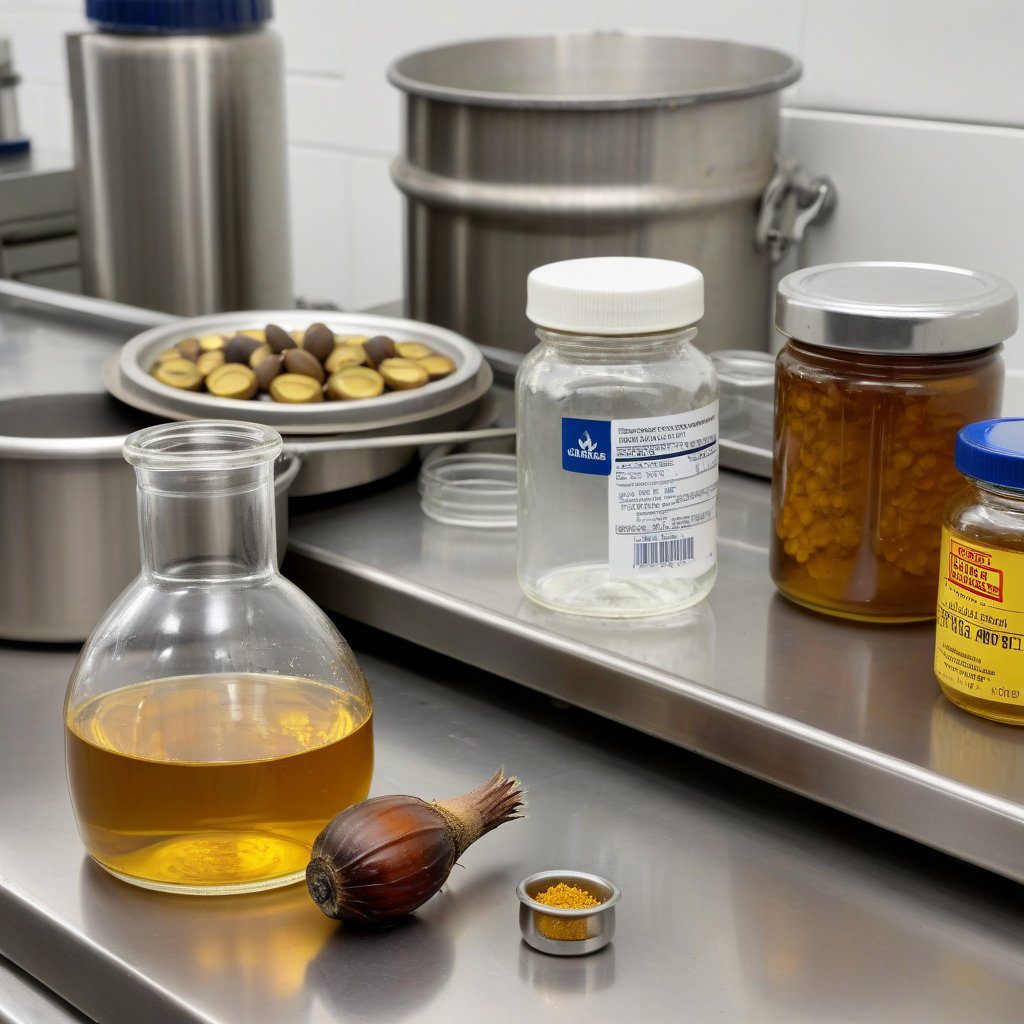Understanding Amine Production Efficiency
Amine production efficiency refers to the effectiveness and optimization of the processes involved in synthesizing various amines, including monoethanolamine, diethanolamine, and triethanolamine. This metric is crucial for manufacturers aiming to maximize yield while minimizing waste and energy consumption. High production efficiency not only enhances profitability but also ensures that the environmental impact is kept to a minimum, aligning with sustainable manufacturing practices.
Key Factors Influencing Amine Production Efficiency
Several factors play a significant role in determining amine production efficiency. These include the choice of raw materials, reaction conditions such as temperature and pressure, and the presence of catalysts that can significantly speed up the reaction rates. Additionally, the purity of the starting materials directly impacts the quality and yield of the final product, making it essential for suppliers to provide high-purity amines in concentrations of 85% and 99%.
Role of Catalysts in Amine Production
Catalysts are pivotal in enhancing amine production efficiency. By lowering the activation energy required for chemical reactions, catalysts enable manufacturers to achieve higher reaction rates and, consequently, improved yields. The selection of appropriate catalysts tailored to specific amine synthesis processes can lead to substantial reductions in production time and costs, making it a critical consideration for producers.
Impact of Temperature and Pressure on Production
The conditions under which amines are produced, particularly temperature and pressure, significantly affect production efficiency. Higher temperatures can accelerate reaction rates but may also lead to unwanted side reactions or degradation of the product. Conversely, operating under optimized pressure can enhance the solubility of reactants and improve yields. Thus, striking the right balance is crucial for achieving optimal amine production efficiency.
Waste Minimization Techniques
Minimizing waste during the production of amines is a vital aspect of improving efficiency. This can be achieved through various methods, such as recycling unreacted materials, implementing closed-loop systems, and employing advanced separation technologies. By adopting these practices, manufacturers not only enhance their production efficiency but also contribute to environmental sustainability.
Quality Control Measures
Maintaining high production efficiency requires stringent quality control measures throughout the manufacturing process. Regular testing of raw materials and final products ensures that they meet the required specifications for purity and concentration. This not only enhances the overall quality of amines produced but also establishes the credibility of suppliers in the market, particularly those catering to the U.S. demand for high-purity amines.
Technological Innovations in Amine Production
Advancements in technology play a crucial role in enhancing amine production efficiency. Innovations such as automation, real-time monitoring systems, and advanced data analytics allow manufacturers to optimize their processes continually. By leveraging these technologies, producers can identify inefficiencies, reduce downtime, and ultimately increase their output of high-purity amines.
Market Trends Affecting Amine Production
The demand for specific types of amines, particularly monoethanolamine, diethanolamine, and triethanolamine, is influenced by various market trends. Understanding these trends can help manufacturers adjust their production strategies to meet the changing needs of the market. Factors such as the growth of the agricultural sector, increasing use in personal care products, and rising environmental regulations are all shaping the landscape of amine production.
The Importance of Supplier Relationships
Establishing strong relationships with suppliers is essential for ensuring a consistent supply of high-quality raw materials necessary for efficient amine production. Suppliers that deliver high-purity amines in the desired concentrations can significantly impact production outcomes. Building these partnerships can also lead to collaborative innovations that drive further efficiency and quality improvements in amine manufacturing.


